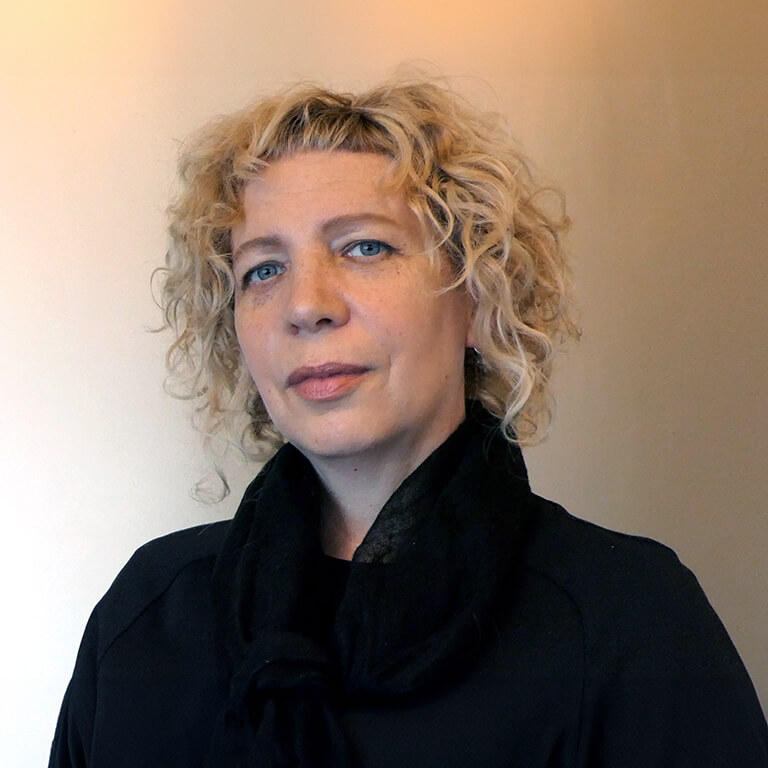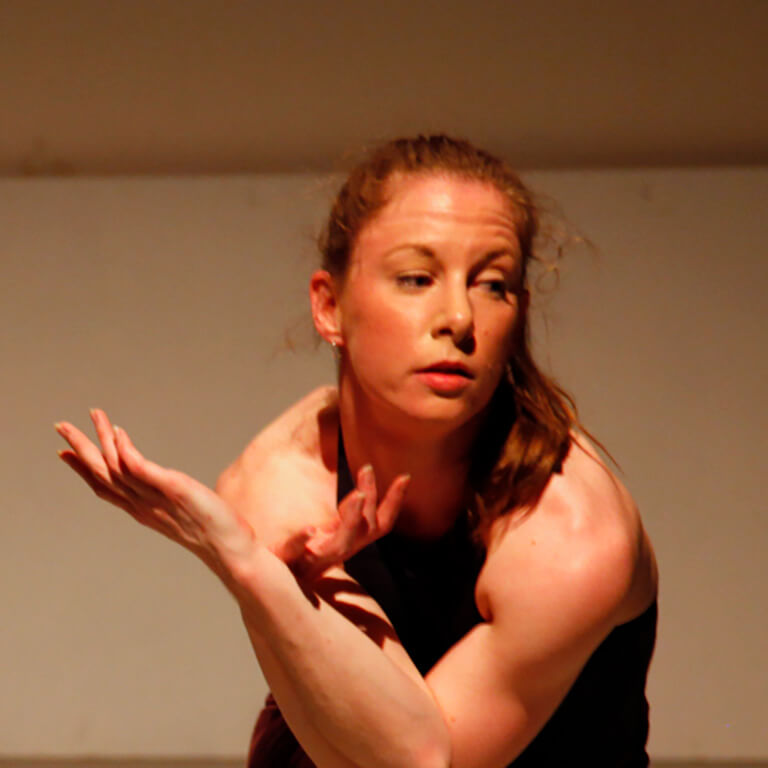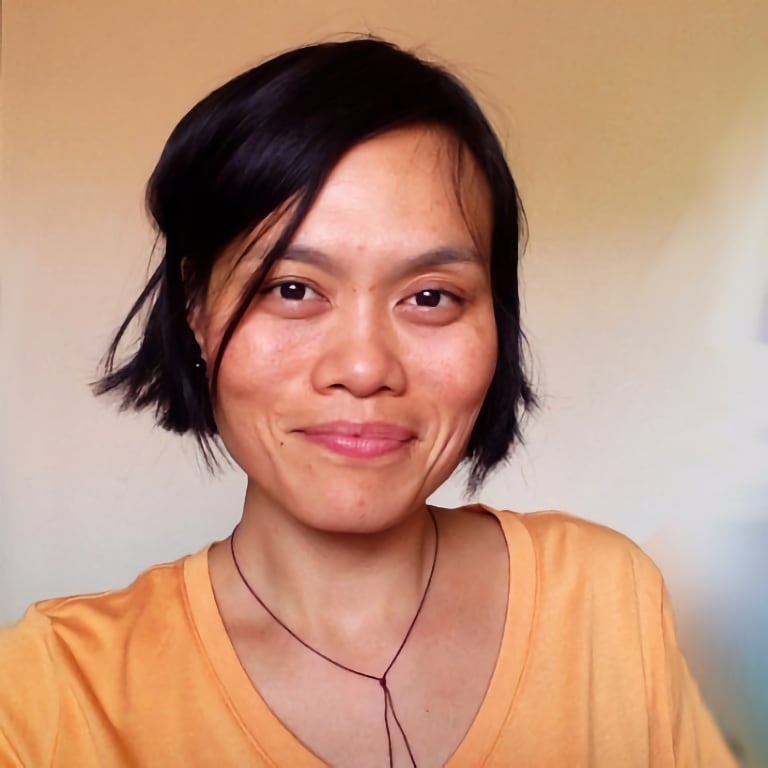Machine Movement Lab presents...
Human-Robot Experience (HRX)
Theatre Tutorial
HRI 2025, Melbourne
Monday, 3 March, 2025
9:00 AM – 5:00 PM
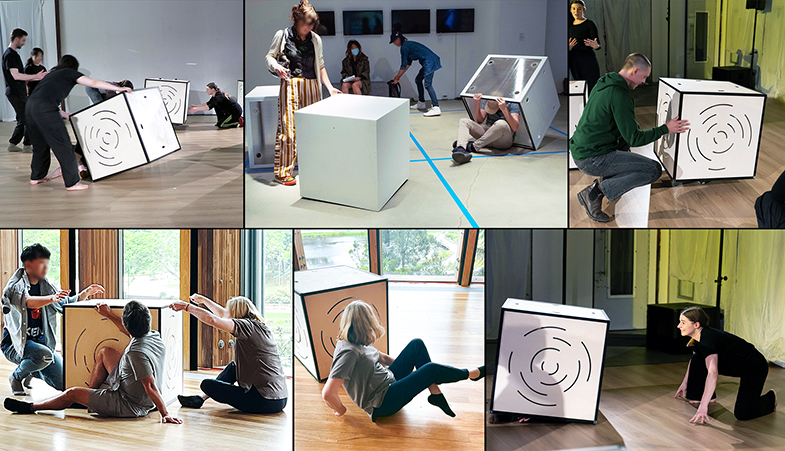
We invite you to join us in reimagining our relationships with robots through the Human-Robot Experience (HRX) Theatre Tutorial.
Overview
The HRX Theatre Tutorial invites participants to explore the social potential of machinelike artifacts. We aim to establish a creative playground for developing and enacting inclusive human-robot scenarios, harnessing the generative potential of movement. Our approach introduces the Relational Body Mapping (RBM) method, using robot costumes to facilitate perspective-taking and enable participants to step into the shoes of a robot, experiencing its unique affordances.
This immersive approach brings together creative robotics and techniques from dance to cultivate diverse perspectives beyond anthropocentric views, opening up new modes of empathy, nonverbal communication, and meaning-making with machinelike artifacts.
Perfect for HRI researchers, interaction designers, and anyone interested in expanding their approach to designing and studying social robots. No dance experience required - participants engage at their own comfort level.
Themes
The tutorial explores key questions and strategies for reimagining human-robot relationships through embodied, movement-based approaches. We particularly encourage participation from researchers and practitioners interested in:
- Bringing together embodied practices and technology
- Expanding their toolkit with embodied, experiential approaches
- Novel methodologies for human-robot interaction design
- Integrating the relational potential of movement qualities into work with robots
- Exploring transdisciplinary perspectives on human-robot relationships

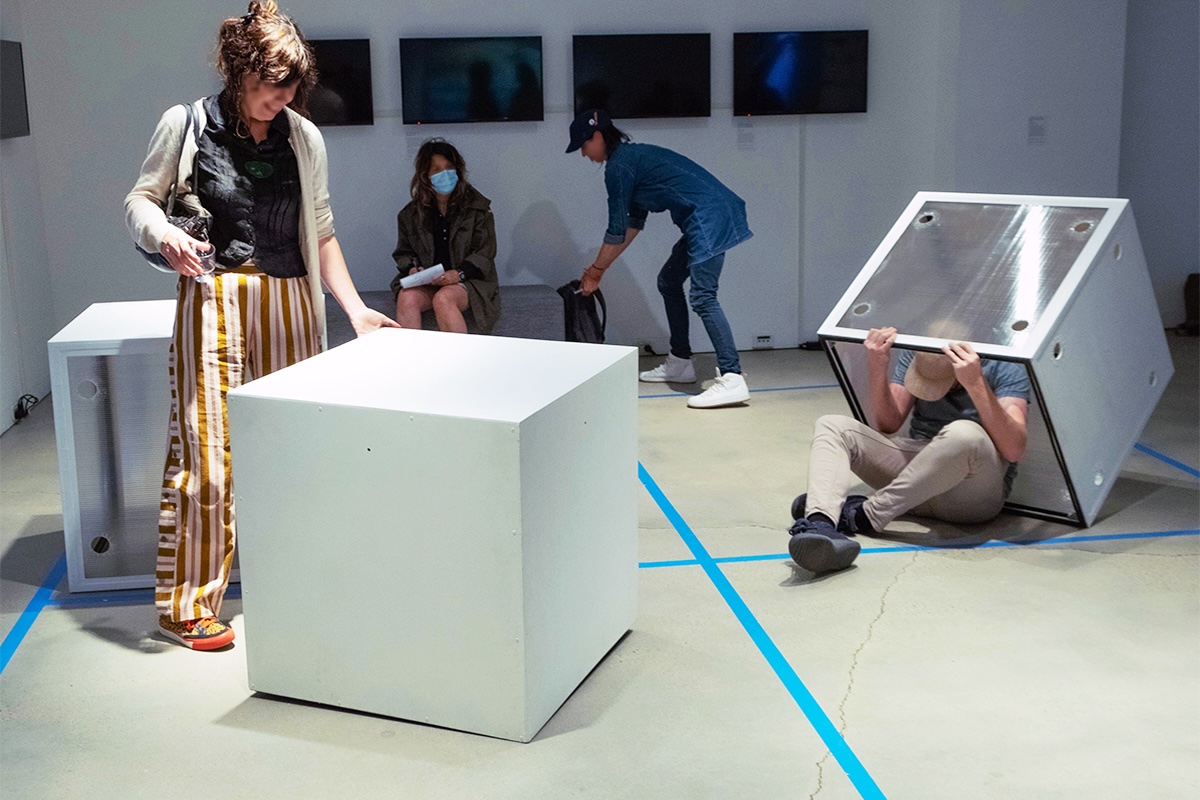
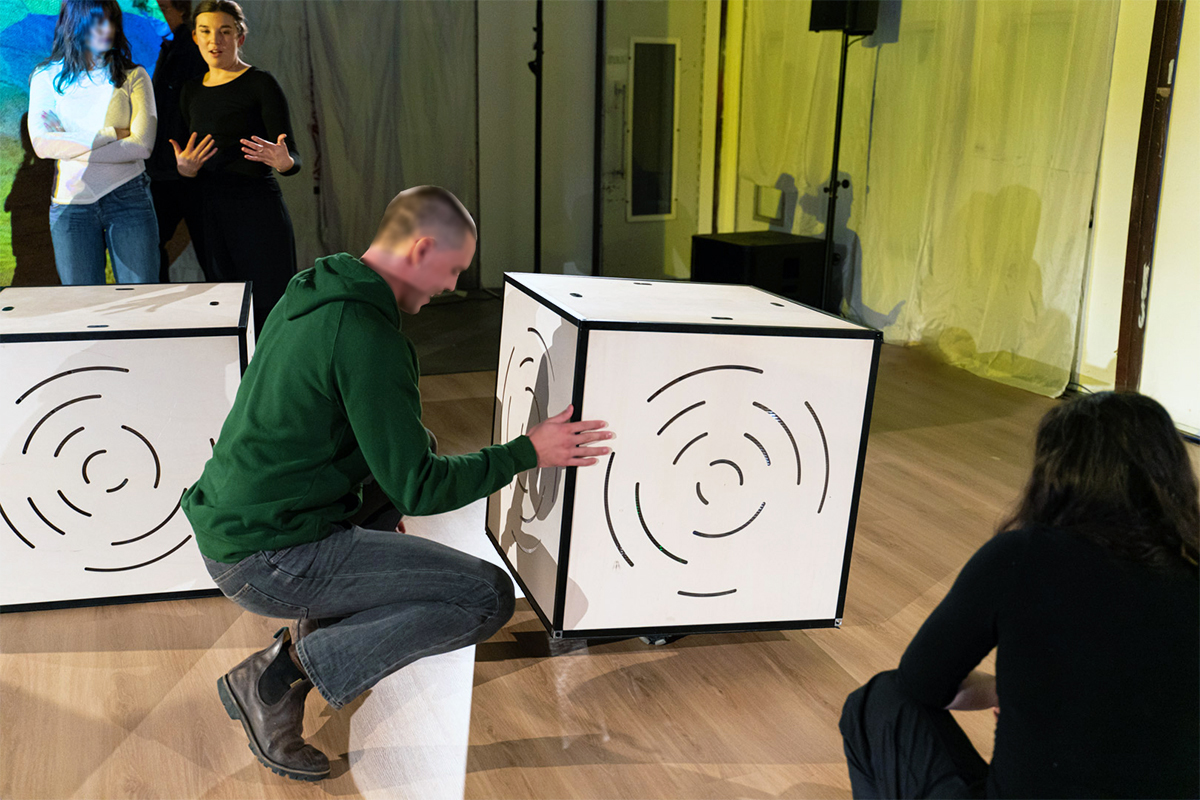
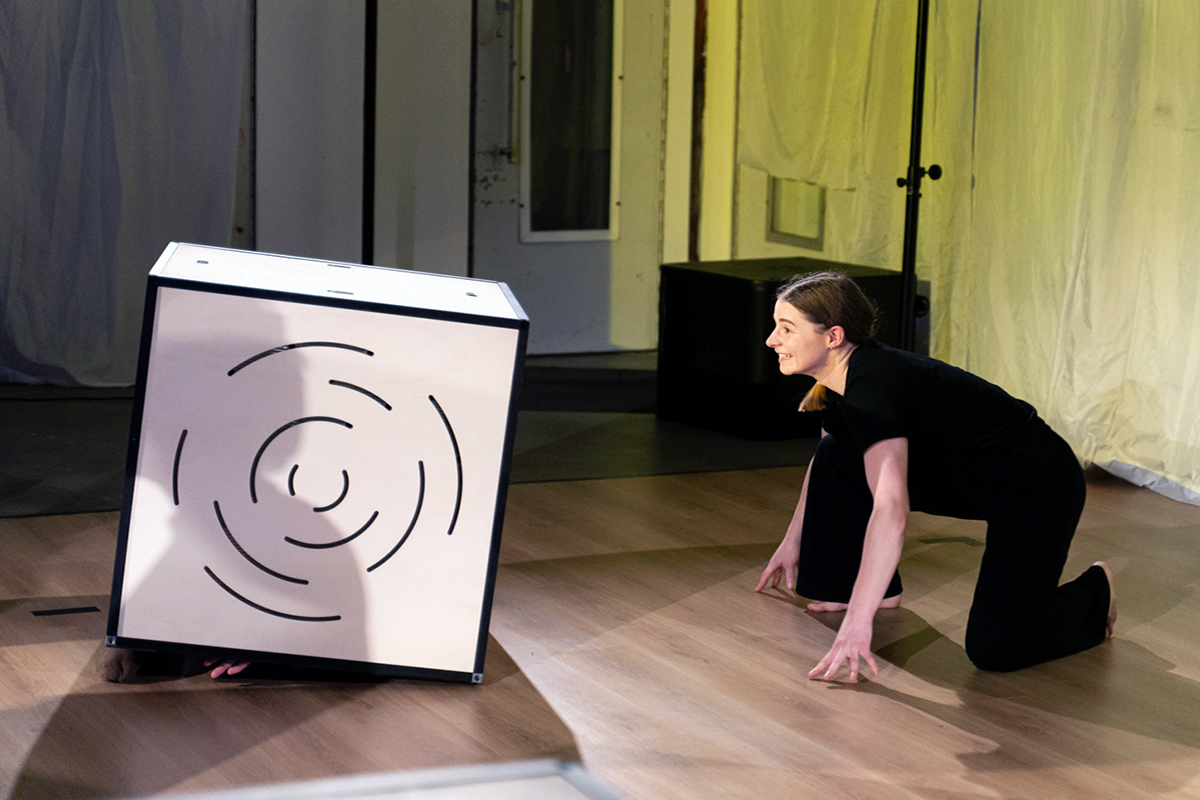
Expected Outcomes
Through gentle movement exercises, live demonstrations with dancers and robots, and collaborative scenario development, you will:
- Experience new forms of interaction and empathy beyond humanlike robots
- Learn practical prototyping tools for expressive non-humanlike robots
- Discover how movement dynamics generate social meaning in HRI design
- Enhance your research through embodied, experiential approaches
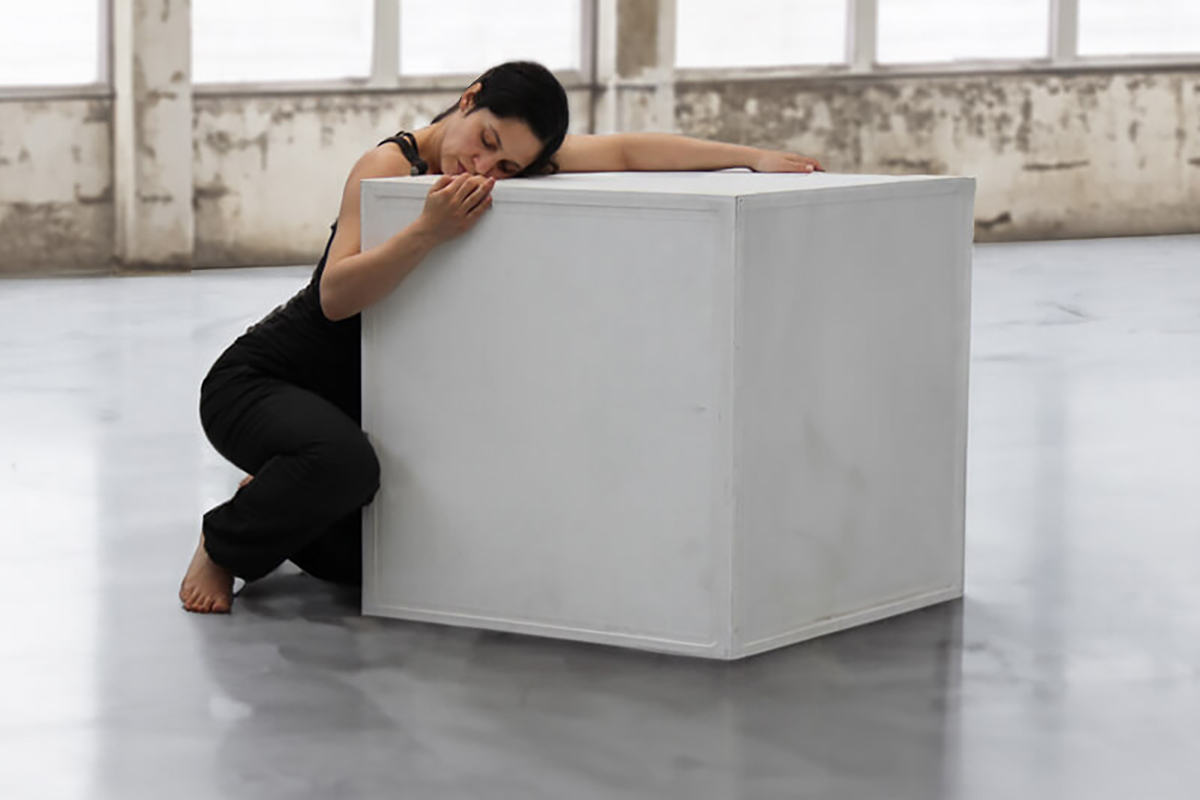
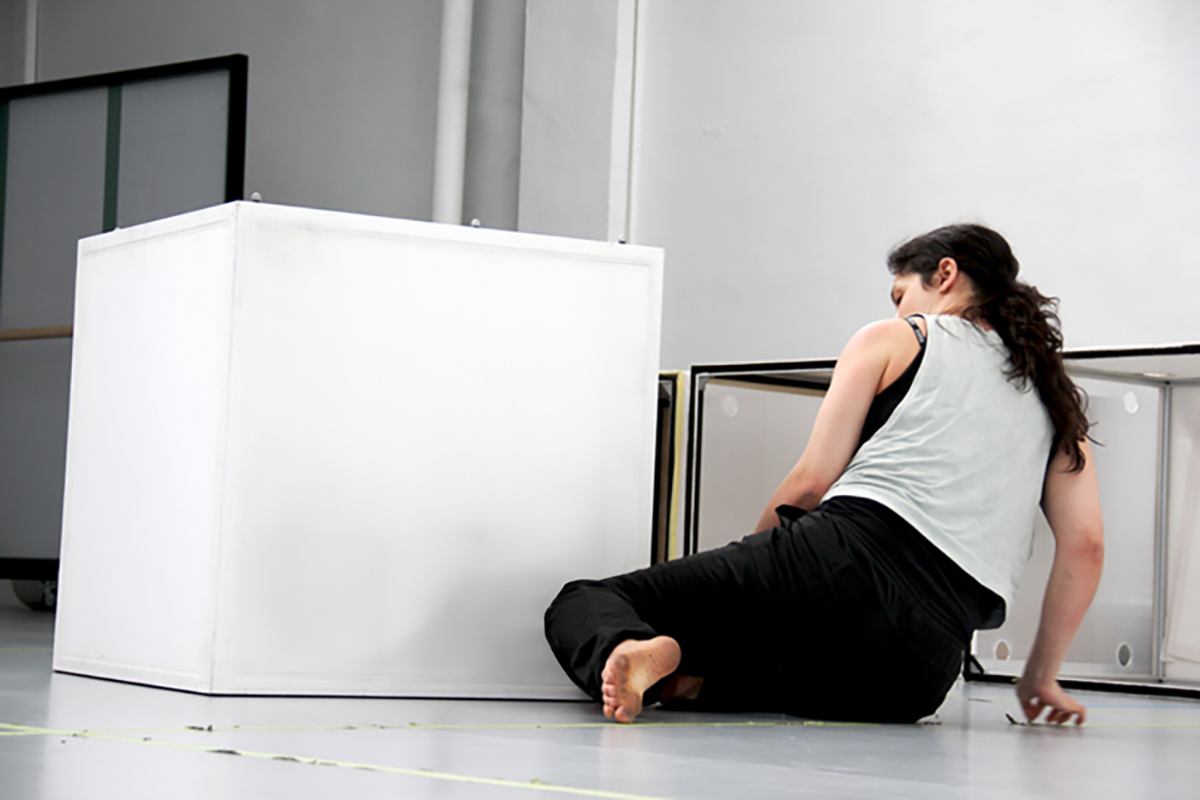
Keynote Speaker
Meaningful Movement: Cognitive Science and Dance, Improvisation and Social Cognition
Professor Kate Stevens
Professor in Psychology and Director of Research and Engagement at the MARCS Institute for Brain, Behaviour and Development, Western Sydney University

Professor Catherine (Kate) Stevens is a cognitive psychologist investigating psychological processes in creating, perceiving, and performing music and dance. A Professor in Psychology and Director of Research and Engagement at the MARCS Institute for Brain, Behaviour and Development, Western Sydney University. Kate conducts basic and applied research into learning, perception, creation, and cognition of complex, nonverbal sequences. Her work illuminates how dancers and choreographers externalize cognitive processes through movement. Her research projects investigate human-machine interaction by applying methods from experimental psychology (e.g. design/evaluation of auditory warnings; human-avatar and human-robot interaction). Kate has authored over 140 publications, including an e-book on creativity and cognition in contemporary dance.
Tutorial Schedule
| Time | Activity |
|---|---|
| 9:00 – 9:15 AM | Arrival |
| 9:15 – 9:30 AM | Introduction: tutorial goals and activities. Initial relational body map (15m) |
| 9:30 – 9:45 AM | Human-Robot Experience (HRX): a brief introduction to our more-than-human practice looking at performance-making research as a prototyping method (15m) |
| 9:45 – 10:30 AM | Meaningful Movement: Cognitive Science and Dance, Improvisation and Social Cognition Prof. Kate Stevens is Director of Research and Engagement at the MARCS Institute for Brain, Behaviour and Development, Western Sydney University. Kate conducts basic and applied research into learning, perception, creation, and cognition of complex, nonverbal sequences. Her work illuminates how dancers and choreographers externalize cognitive processes through movement. Her research projects investigate human-machine interaction by applying methods from experimental psychology (e.g. design/evaluation of auditory warnings; human-avatar and human-robot interaction). (45m) |
| 10:30 – 11:00 AM | Coffee break (30m) |
| 11:00 – 11:30 PM | Movement explorations and kinaesthetic awareness: gentle contact improvisations for self-awareness and sensitivity and defamiliarizing habitual movements and exploring space through movement qualities (30m) |
| 11:30 – 12:30 PM | Introducing the cube artefact (robot costume): exploring the artefact in relation to one's body (angle, proximity, height); witnessing a dialogue with cube-in-motion; exploring movement dialogues with cubes; discussion (60m) |
| 12:30 – 1:30 PM | Lunch break (60m) |
| 1:30 – 2:00 PM | Performance Audrey Rochette, Kristina Mah, and the Cube Performer (robot): Alloyed Bodies [MEL-2-2-1], soundscape by Adam Nash. Followed by playground with cube artefact and robot performer. (30m) |
| 2:00 – 3:00 PM | Introduction to scenario development: using RBM and speculative human–robot scenario development (60m) |
| 3:00 – 3:30 PM | Coffee break (30m) |
| 3:30 – 4:30 PM | Scenario enactment and discussion: teams present, experience, and discuss their scenarios; how would these robots appear and relate to the world? (60m) |
| 4:30 – 5:00 PM | Reflections, final body map and wrap-up: sharing experiences and insights, as well as challenges; second body map and reflecting on changes (30m) |
Tutorial Organisers
Human-Robot Experience (HRX) Theatre Tutorial is being organised by Petra Gemeinboeck, Rob Saunders, Audrey Rochette, Steph Hutchison, and Kristina Mah. We are delighted to have Prof. Kate Stevens as our keynote speaker.
Questions?
Contact pgemeinboeck@swin.edu.au to get more information about the tutorial.
